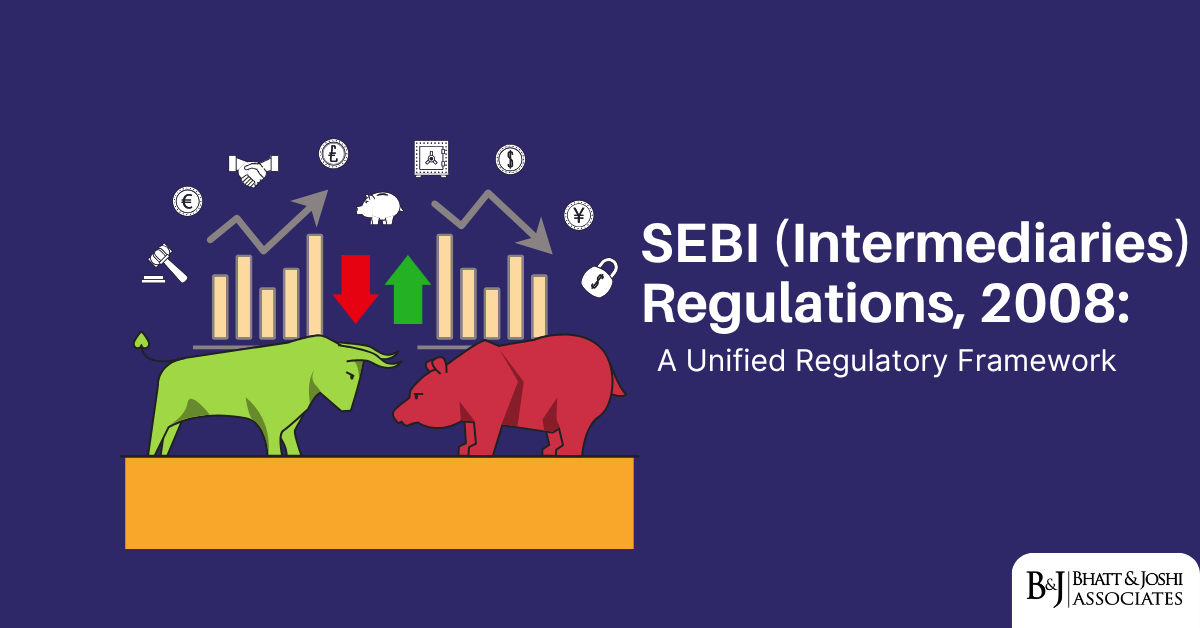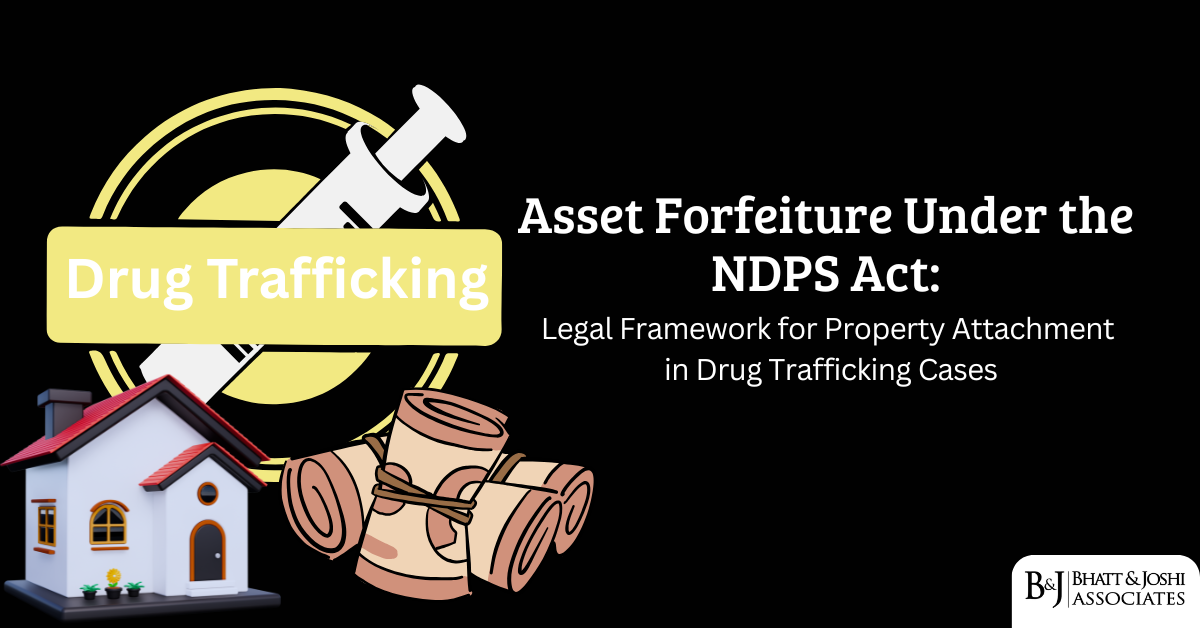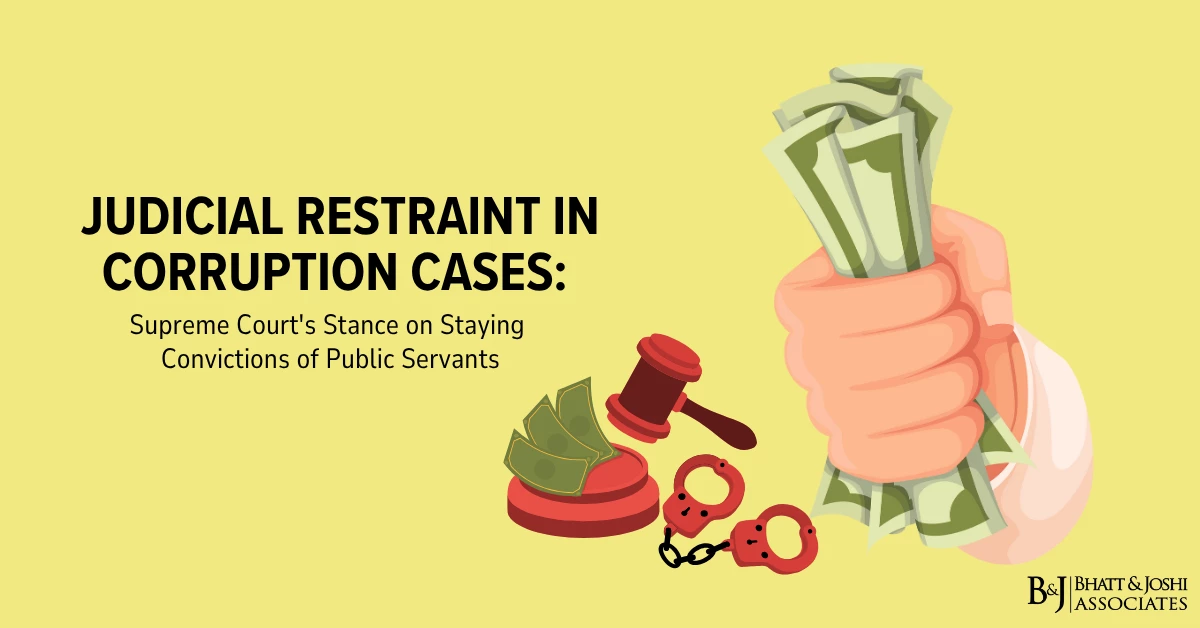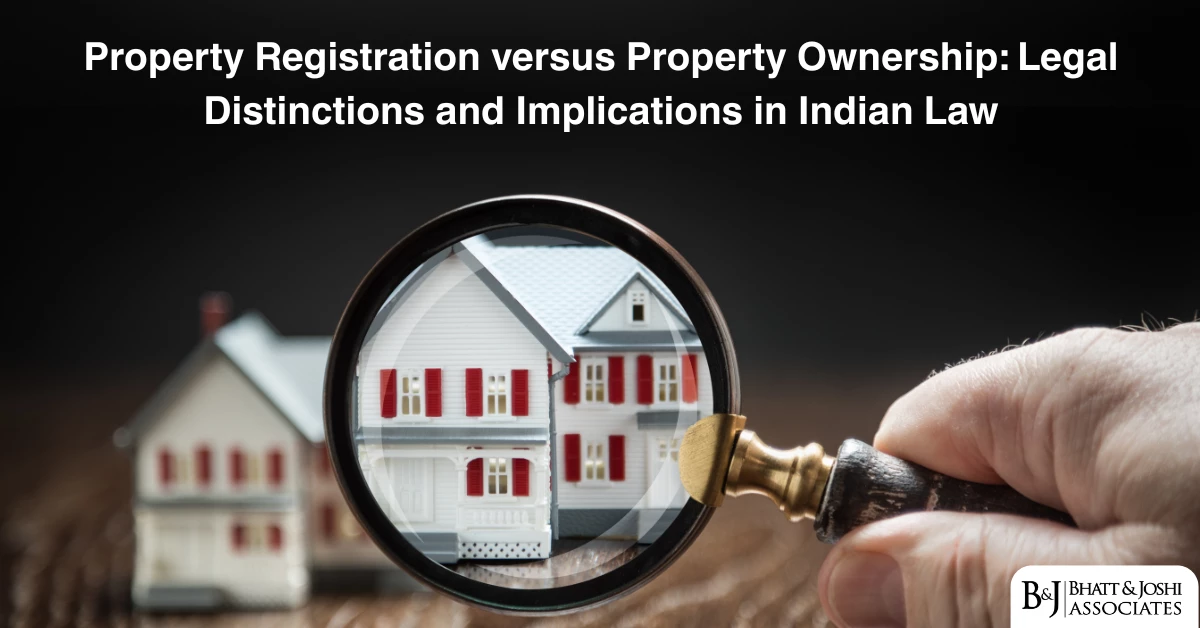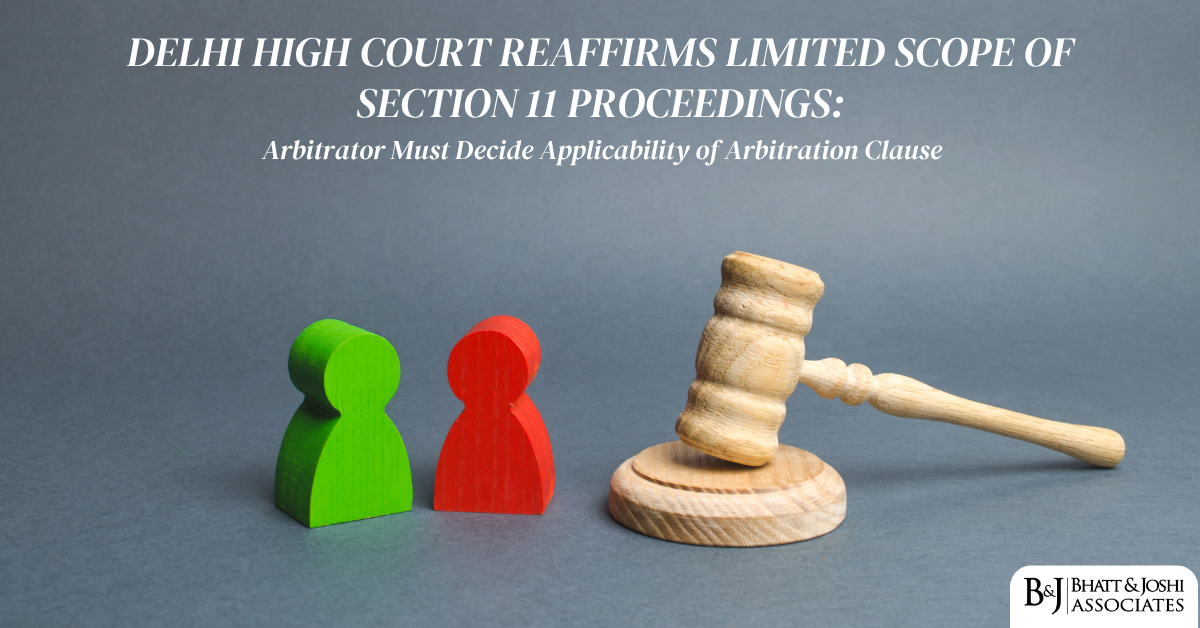Introduction
The Securities and Exchange Board of India (SEBI) implemented the SEBI (Intermediaries) Regulations in 2008 to establish a comprehensive and uniform regulatory framework for market intermediaries. Prior to these regulations, SEBI had been governing various categories of intermediaries through separate regulations, creating regulatory fragmentation and inconsistencies. The SEBI (Intermediaries) Regulations 2008 represent a significant shift toward a principles-based approach to intermediary regulation in India’s securities markets, emphasizing common standards while preserving sector-specific requirements through separate regulations.
Historical Context and Legislative Evolution of SEBI Intermediaries Regulations
The SEBI (Intermediaries) Regulations were promulgated under Sections 11 and 12 of the SEBI Act, 1992, which empowers SEBI to register and regulate intermediaries who may be associated with the securities market. The 2008 Regulations emerged from SEBI’s recognition that despite the diverse functions performed by different intermediaries, certain core regulatory principles and processes should apply uniformly across categories.
These regulations have been amended several times to address emerging challenges and market developments. Notable amendments include the 2011 revision that strengthened the fit and proper criteria, the 2016 amendment that streamlined the registration process, and the 2021 amendment that enhanced compliance reporting requirements.
Scope and Applicability of SEBI Intermediaries Regulations, 2008
The regulations apply to a wide array of intermediaries operating in India’s securities markets, including:
- Stock brokers
- Sub-brokers
- Share transfer agents
- Bankers to an issue
- Trustees of trust deeds
- Registrars to an issue
- Merchant bankers
- Underwriters
- Portfolio managers
- Investment advisers
- Depositories
- Depository participants
- Credit rating agencies
- Custodians
- Foreign portfolio investors
However, it’s important to note that the Intermediaries Regulations provide the common framework for these entities, while specific operational requirements continue to be governed by separate, category-specific regulations. This dual regulatory structure ensures both regulatory consistency and functional specialization.
Registration Requirements under SEBI Intermediaries Regulations, 2008
Chapter II: Registration Framework
Chapter II of the regulations establishes a comprehensive registration framework for intermediaries. Regulation 3 states:
“No person shall act as an intermediary or render services as an intermediary unless he has obtained a certificate of registration from the Board in accordance with these regulations: Provided that any person acting as an intermediary immediately before the commencement of these regulations shall be deemed to have obtained certificate of registration in accordance with these regulations subject to the payment of fees as provided in the relevant regulations applicable to such intermediary and subject to compliance with the applicable provisions of these regulations and the relevant regulations.”
The registration process involves:
- Application in the prescribed format with required information and supporting documents
- Payment of specified registration fees
- Due diligence by SEBI to ensure the applicant meets all eligibility criteria
- Grant of certificate of registration upon satisfaction of requirements
Fit and Proper Criteria
Regulation 4 establishes the critical “fit and proper person” criteria that applicants must satisfy. This assessment considers several factors:
“For the purpose of determining whether an applicant or the intermediary is a fit and proper person, the Board may take into account the criteria specified in Schedule II of these regulations.”
Schedule II specifies these criteria in detail:
(a) Financial integrity – including considerations of:
- Prior instances of securities laws violations
- Financial solvency and net worth requirements
- Pending bankruptcy proceedings
(b) Competence – focused on:
- Educational and professional qualifications
- Previous relevant experience
- Demonstrated capacity to perform the functions
(c) Good reputation and character – encompassing:
- Absence of criminal convictions
- No previous regulatory actions
- Ethical business practices history
(d) General integrity – examining:
- History of fair dealing with clients
- Absence of investor complaints
- Commitment to regulatory compliance
(e) Efficiency and honesty – evaluating:
- Operational efficiency in providing services
- Technological readiness
- Risk management framework
This comprehensive assessment framework ensures that only qualified entities can operate as intermediaries in the securities market.
General Obligations and Responsibilities
Chapter III: Core Obligations
Chapter III establishes uniform obligations applicable to all intermediaries regardless of their specific function. Regulation 12 outlines the general obligations:
“An intermediary shall— (a) abide by the provisions of the Act, regulations, circulars, guidelines and notifications issued thereunder; (b) comply with the rules, regulations, bye-laws, notifications, guidelines, instructions etc., of the stock exchanges, clearing corporations, depositories and such other market infrastructure institutions, as may be applicable to the intermediary; (c) maintain proper books of accounts, records, registers and documents etc., to explain its transactions and to ensure that they are true and fair; and (d) comply with such other obligations as may be specified by the Board from time to time.”
Code of Conduct under SEBI Intermediaries Regulations
Regulation 15 requires adherence to a general code of conduct specified in Schedule III, which includes principles such as:
- Integrity and diligence in all dealings
- Fair treatment of clients and avoidance of conflicts of interest
- Maintenance of high service standards
- Proper disclosure of material information
- Compliance with applicable laws and regulations
- Implementation of adequate risk management systems
- Protection of client confidentiality
- Cooperation with regulatory authorities
These provisions establish a minimum ethical standard across all intermediary categories while allowing for sector-specific conduct requirements through specialized regulations.
Inspection and Enforcement
Chapter IV: Supervisory Framework
Chapter IV establishes a robust supervisory mechanism. Regulation 17 grants SEBI the authority to conduct inspections:
“The Board may appoint one or more persons as inspecting authority to undertake inspection of the books of accounts, records and documents of an intermediary for any purpose, including the following— (a) to ensure that the books of account, records and documents are being maintained by the intermediary in the manner specified in these regulations or any other regulations; (b) to inspect the books of account, records and documents of the intermediary so as to ascertain whether they are in compliance with the provisions of the Act and these regulations; (c) to investigate into complaints received from investors, other intermediaries or any other person on any matter having a bearing on the activities of the intermediary; and (d) to investigate suo motu into the affairs of the intermediary in the interest of the securities market or in the interest of investors.”
The inspection process includes:
- Prior notice to the intermediary (except in urgent cases)
- Obligation of the intermediary to cooperate and provide relevant information
- Submission of inspection report to SEBI
- Opportunity for the intermediary to respond to findings
- Appropriate regulatory action based on findings
Enforcement Actions
Regulations 23-30 detail the procedures for enforcement actions against intermediaries found in violation of regulations. These include:
- Show cause notice procedure
- Appointment of designated authorities
- Reply to show cause notice
- Opportunity for personal hearing
- Report by the designated authority
- Final order by SEBI
Regulation 27 specifies the various actions SEBI can take:
“After considering the reply, if any, and the report of the designated authority, the Board may: (a) suspend the certificate of registration for a specified period; (b) cancel the certificate of registration; (c) prohibit the intermediary from taking up any new assignment or contract or launching a new scheme for a specified period; (d) issue a warning; (e) direct the intermediary to pay such monetary penalty as may be specified;”
Liability for Action in Case of Default
Chapter V addresses the liability framework for intermediaries and related entities. Regulation 38 states:
“An intermediary shall be liable for disciplinary action, including suspension or cancellation of its certificate of registration, for any violation of the provisions of the Act, rules or the regulations framed thereunder.”
Importantly, this liability extends beyond the entity itself to include:
- Partners or directors of the intermediary
- Principal officers responsible for day-to-day operations
- Employees and agents found complicit in violations
This comprehensive liability framework ensures accountability at all levels of an intermediary’s operations.
Landmark Judicial Interpretations on SEBI Intermediaries Regulations
Price Waterhouse v. SEBI (2018)
This landmark SAT appeal emerged from the Satyam accounting fraud case, where Price Waterhouse served as the statutory auditor. The case established critical standards regarding intermediary liability, particularly for auditors. The tribunal held:
“While the Board’s power to regulate intermediaries is extensive, it must be exercised within the statutory framework. An entity can only be subjected to intermediary regulations if it falls within the defined categories of intermediaries under the SEBI Act and applicable regulations. The determination of whether an entity functions as an intermediary must be based on the nature of services provided in relation to the securities market, not merely on its connection to a listed entity.”
The judgment emphasized that intermediary liability requires establishment of intent or negligence of a significant degree, not merely errors of judgment.
Credit Suisse v. SEBI (2017)
This SAT appeal addressed due diligence requirements for merchant bankers under the Intermediaries Regulations. Credit Suisse challenged SEBI’s order imposing penalties for alleged due diligence failures in an IPO. The tribunal established:
“The standard of due diligence required of intermediaries must be determined contextually, with reference to the specific functions they perform. While merchant bankers are expected to verify material information in offer documents, this does not translate to an absolute guarantee of accuracy. The test is whether the intermediary exercised reasonable professional judgment based on information available at the relevant time.”
The judgment refined the understanding of reasonable care standards under the Intermediaries Regulations.
Brickwork Ratings v. SEBI (2020)
This case involved SEBI’s action against the credit rating agency for alleged violations of professional standards. The SAT judgment addressed the interaction between the Intermediaries Regulations and category-specific regulations:
“Where an intermediary is governed both by the Intermediaries Regulations and specific operational regulations, compliance must be assessed holistically. The Intermediaries Regulations establish foundational obligations, while specific regulations define operational standards. A violation of specific operational requirements constitutes a breach of the intermediary’s general obligation under Regulation 12 of the Intermediaries Regulations to comply with all applicable provisions.”
This judgment clarified the hierarchical relationship between the common framework and specialized regulations.
Impact and Effectiveness of SEBI Intermediaries Regulations
The SEBI (Intermediaries) Regulations 2008 have significantly contributed to streamlining regulatory oversight by:
- Standardizing registration processes across intermediary categories, reducing administrative complexity
- Establishing common compliance expectations, enhancing regulatory predictability
- Creating uniform inspection and enforcement mechanisms, ensuring consistent oversight
- Implementing coherent liability frameworks that enhance accountability
However, challenges remain in balancing uniformity with the need for specialized regulation. Recent SEBI discussion papers have contemplated further refinements to the intermediary regulatory framework, including:
- Enhanced technological requirements to address digital transformation
- Consolidated reporting mechanisms to reduce compliance burden
- Graduated enforcement approaches based on violation severity
- Risk-based supervision models to focus regulatory resources efficiently
Conclusion
The SEBI (Intermediaries) Regulations, 2008, represent a significant evolution in India’s securities market regulatory architecture by establishing a common framework for diverse market participants. Through uniform registration requirements, standardized obligations, and consistent enforcement mechanisms, these regulations have enhanced both regulatory efficiency and market integrity.
As financial markets continue to evolve, particularly with technological innovations disrupting traditional intermediation models, these regulations will likely require further adaptation. The challenge for SEBI will be to maintain the balance between regulatory consistency across intermediary categories and specialized oversight tailored to emerging business models and risk profiles.
The effectiveness of the Intermediaries Regulations must ultimately be judged by their contribution to creating a fair, efficient, and transparent securities market that serves the interests of investors while facilitating capital formation. By this measure, these regulations have established a solid foundation for intermediary regulation in India’s securities markets, even as they continue to evolve in response to market developments and regulatory learning.





